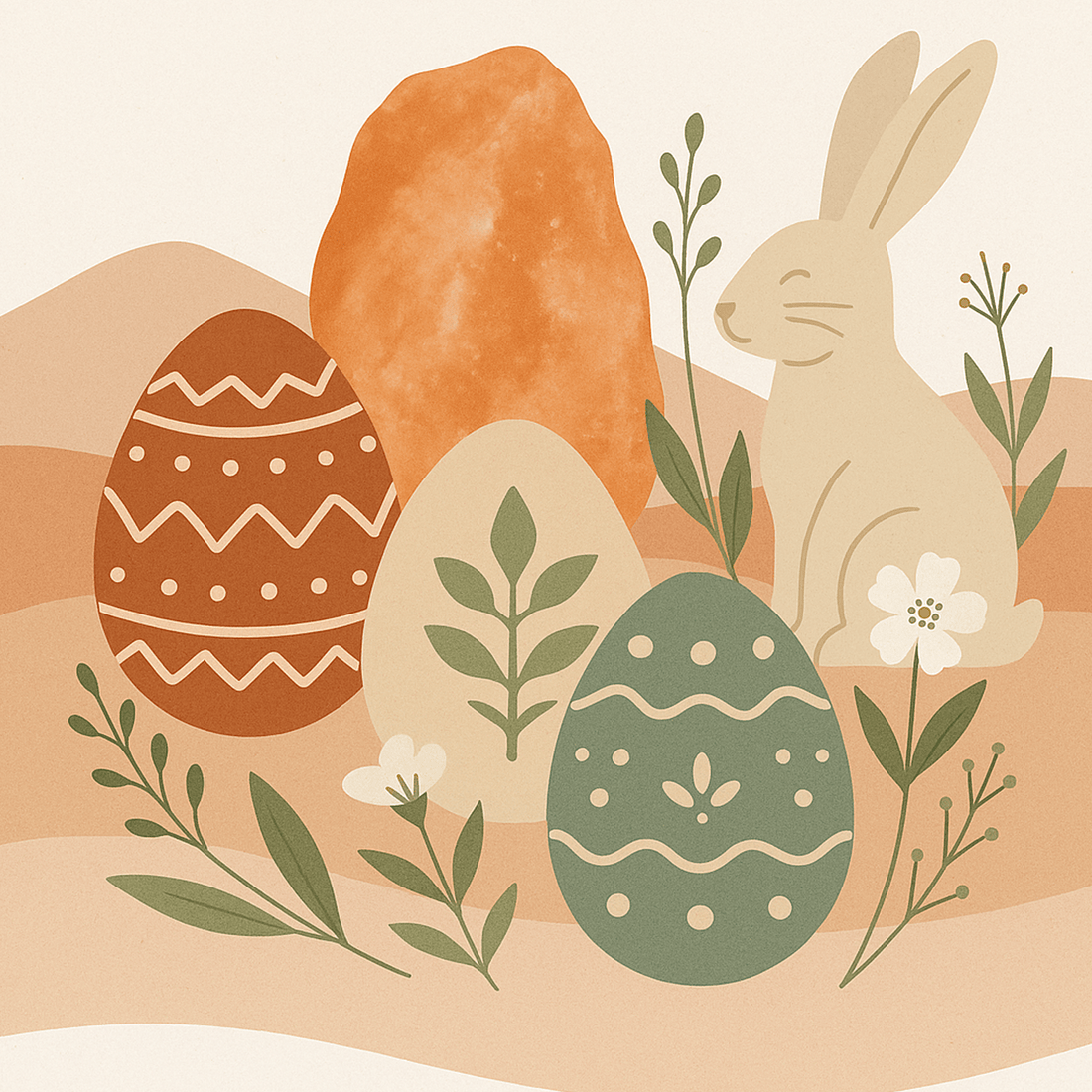Spring whispers of new beginnings. At Zodori, we honor Easter as a season that bridges East and West—a time of light, renewal, and quiet transformation. Discover jewelry that awakens something within.
✦ Zodori × Easter ✦

A Season of Renewal, Across Cultures
As spring softly unfolds, we celebrate Easter—not only as a tradition, but as a universal rhythm of rebirth. In Western culture, Easter marks resurrection and awakening; in the East, this season carries echoes of similar truths.
🌱 Where the West sees resurrection, the East speaks of awakening.
In Buddhist thought, death is not an end but a transition—like petals falling to make room for new blossoms. In Daoist philosophy, spring is a time when yin and yang rebalance, and life returns with quiet strength.
🥚 The egg, a sacred symbol across worlds.
From Easter eggs to the Chinese myth of the cosmic egg, many cultures recognize the egg as the vessel of potential. It holds the mystery of all beginnings.
🐇 And the rabbit—gentle, swift, watchful.
In the West, it delivers eggs; in the East, it lives on the moon, crafting elixirs of life. A silent witness to the cycles of time.
At Zodori, we embrace this season as a bridge—between tradition and imagination, between East and West.
We celebrate the light returning. We honor transformation.
And we invite you to discover something new within yourself.
Easter and Eastern Culture: Unexpected Connections Across Traditions
Easter, a Christian holiday commemorating the resurrection of Jesus Christ, is widely celebrated in Western cultures, especially in Europe and North America. However, beyond its religious roots, Easter shares many symbolic and philosophical resonances with Eastern cultural traditions:
🌸 1. Renewal of Life and the Spirit of Spring: A Shared View of Nature
Easter is celebrated on the first Sunday after the full moon following the spring equinox, symbolizing rebirth, hope, and new beginnings. Traditions like Easter eggs and rabbits embody fertility and vitality.
- In Eastern cultures, spring also marks a time of awakening and regeneration. Festivals like the Lunar New Year, Qingming Festival, and spring outings reflect the belief in natural cycles and endless renewal.
- For instance, the Chinese solar term Jingzhe signifies the awakening of all creatures from winter sleep.
- In Buddhism, the concept of samsara (the cycle of rebirth) also carries a philosophical sense of "life after death" and renewal.
🧘 2. Shared Spiritual Symbolism
In Christianity, Easter represents spiritual rebirth and redemption.
Similarly, Eastern religions emphasize transformation and awakening:
- Buddhism speaks of rebirth through Nirvana, transcending the cycle of suffering.
- Daoism envisions ascension to immortality, another form of transcendence and renewal.
🥚 3. Easter Eggs and the Symbolism of Eggs in Eastern Culture
Easter eggs represent new life and are believed to have originated from ancient springtime rituals.
In Eastern traditions, eggs also hold deep symbolic meaning:
- In Chinese mythology, the universe was born from a cosmic egg (“chaos like a hen's egg” in the Pangu creation myth).
- Eating eggs on birthdays is a folk custom symbolizing the blessing of new life.
- In ethnic festivals like the Dai people's Water-Splashing Festival, gifting eggs symbolizes vitality and fresh beginnings.
🐇 4. The Rabbit as a Shared Cultural Symbol
The Easter Bunny represents fertility, energy, and hope in Western celebrations.
In Eastern culture, rabbits are also rich with symbolic meaning:
- The Jade Rabbit lives on the moon in the legend of Chang’e.
- As one of the twelve Chinese zodiac signs, the rabbit stands for cleverness and gentleness.
- In Buddhist folklore, the story of a rabbit offering itself to the fire expresses compassion and self-sacrifice.
🌏 5. Festival Fusion in the Modern World
Today, cross-cultural exchange allows Easter to be embraced in Eastern societies as well:
- Schools organize egg hunts;
- Shopping malls host Easter-themed promotions;
- Designers create culturally blended Easter items, like Easter eggs featuring Chinese paper-cut art.




